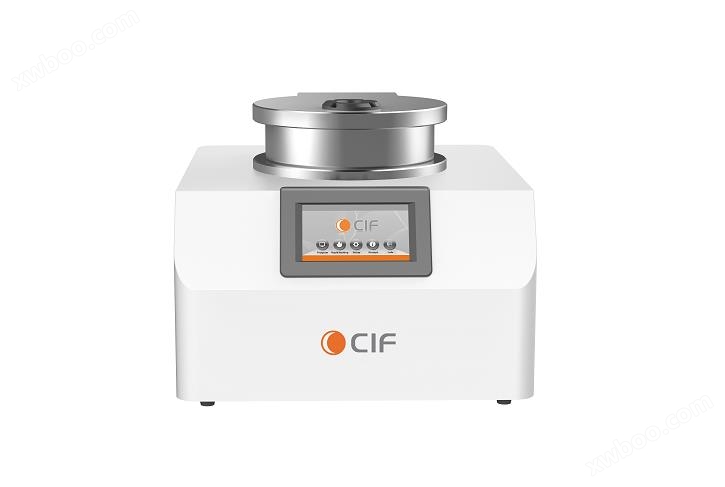400-6505-735
Reactive Ion Etching is a commonly used micro-nano processing equipment, mainly used to prepare microstructures and nano devices. It introduces reactive gas into the vacuum chamber and applies RF power and DC electric field to etch the material surface by ion bombardment and chemical reaction. The vacuum chamber can be used to create and maintain a high vacuum environment. The vacuum chamber usually consists of a high vacuum chamber and a low vacuum chamber, and the gas is removed by a vacuum pump system.
The gas supply system is used to introduce reactive gas into the vacuum chamber. It includes components such as gas inlet, mass flow controller and gas mixing system to ensure accurate control and stable supply of reactive gas; the RF power source provides RF power and generates an electric field for generating plasma. RF generators and matching networks are usually used to adjust and control the output of RF power; the electrode system is used to apply DC electric field and RF electric field. It usually consists of an upper electrode and a lower electrode, and the reactive ions are accelerated and bombarded on the material surface in the vacuum chamber by applying an electric field; the control system is used to monitor and adjust its operating parameters, such as gas flow, RF power, electric field strength, etc. Modern control systems can achieve automatic control and data recording.
When purchasing an RIE reactive ion etcher, you need to consider the following key factors:
1. Processing requirements: Determine the required processing capabilities and processing requirements. Including etching depth, etching rate, surface quality, etching materials, etc. Select appropriate specifications and models according to processing requirements.
2. Equipment performance: Select equipment with good performance and stability. Pay attention to the performance indicators of the equipment in terms of etching uniformity, etching rate control, etching depth control, etc.
3. Gas supply system: The stability and accuracy of the gas supply system have an important impact on the etching process and results. Select a reliable gas supply system that can provide a stable gas flow and an accurate mixing ratio.
4. RF power source: The stability and power adjustment range of the RF power source have an impact on the etching process. Select an RF power source with stable output and a wide power range to meet different materials and processing requirements.
5. Control system: A modern control system can improve production efficiency and processing quality. Select one with control functions and a user-friendly interface for easy operation, monitoring and adjustment.
6. After-sales service: Consider the after-sales service and technical support capabilities of the equipment supplier. Timely maintenance and technical support can reduce downtime in production and ensure long-term stable operation of the equipment.
7. Safety performance: Involving factors such as high vacuum and high energy, safety performance is crucial. Choose equipment with safety protection devices and qualified certification to ensure the safety of operators.
About Us
Introduction Culture History HonorNews
News Article VideoService
After-sale ServiceNavigation
ProductsSolutionContact Us 400-6505-735
400-6505-735 CIF WeChat Service Account
CIF WeChat Service Account
 CIF Tiktok
CIF Tiktok